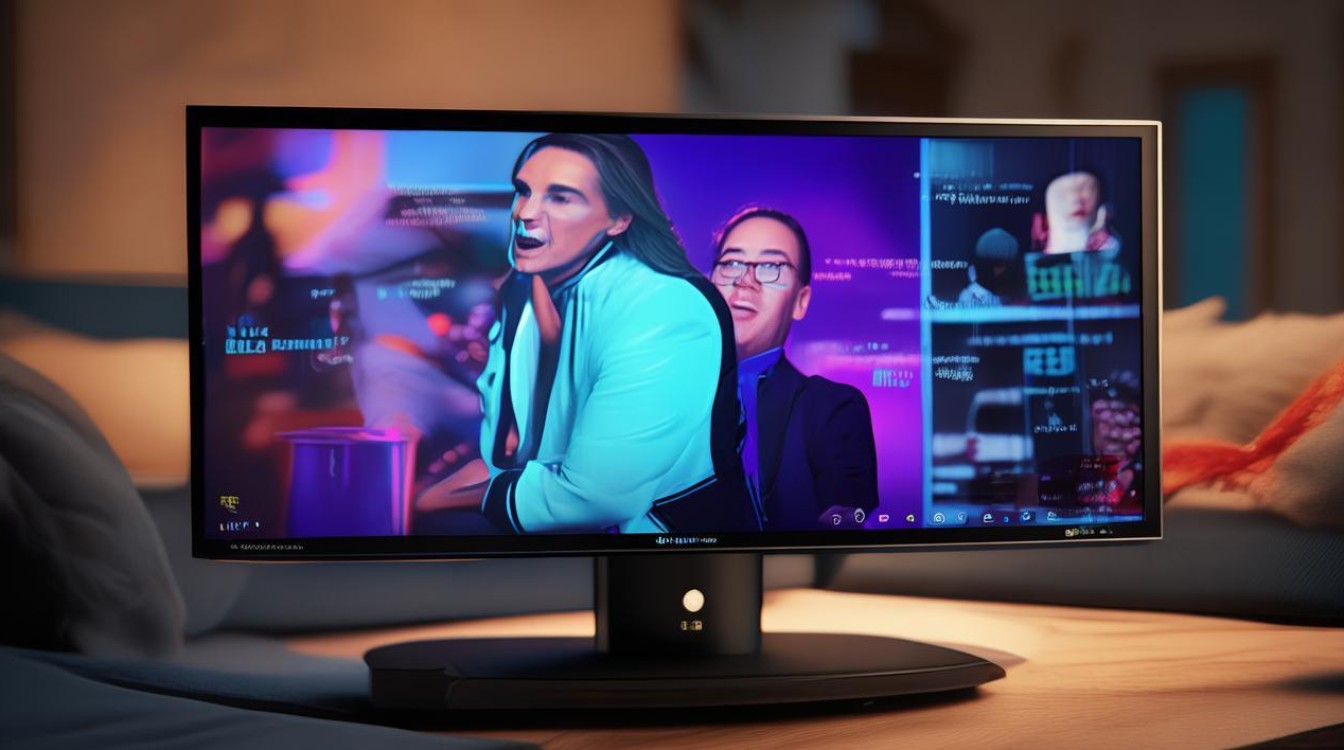Television has long been a dominant force in modern media, shaping how people consume information, entertain themselves, and connect with the world. Its evolution from a novel invention to a ubiquitous household item reflects broader technological and cultural shifts. This article explores the role of television in daily life, its impact on language and communication, and the challenges it faces in the digital age.

The Role of Television in Daily Life
Television serves as a primary source of news, entertainment, and education for billions of people worldwide. News programs deliver real-time updates on global events, keeping viewers informed about politics, economics, and social issues. Entertainment, ranging from dramas and sitcoms to reality shows and sports, offers a escape from daily routines and fosters shared cultural experiences. Educational content, such as documentaries and children’s programs, provides valuable learning opportunities, making television a versatile tool for personal growth.
In many households, television also acts as a social glue. Families gather to watch favorite shows together, creating shared memories and traditions. For individuals, especially the elderly or those with limited mobility, television can alleviate loneliness by offering companionship and a window into the outside world. Its ability to cater to diverse interests ensures that it remains a central part of daily routines for many.
Television and Language Evolution
Television has a profound impact on language, influencing how people speak, communicate, and even think. Popular shows introduce new slang, catchphrases, and idioms that enter everyday conversation. For example, phrases like "How you doin’?" from Friends or "Winter is coming" from Game of Thrones have transcended their original contexts to become widely recognized cultural references. This phenomenon demonstrates television’s power to shape linguistic trends and foster a shared vocabulary among audiences.
Moreover, television exposes viewers to various dialects, accents, and communication styles, promoting linguistic diversity. International programming, for instance, allows audiences to experience languages and cultures they might not encounter otherwise. Subtitles and dubbing further enhance accessibility, enabling cross-cultural understanding. However, this exposure can also lead to the homogenization of language, as regional accents and dialects are sometimes overshadowed by standardized forms promoted by mainstream media.
Challenges in the Digital Age
Despite its enduring popularity, television faces significant challenges in the era of streaming services and social media. Platforms like Netflix, YouTube, and TikTok offer on-demand content, catering to niche interests and personalized viewing habits. This shift has fragmented audiences, reducing the collective viewership that traditional television once enjoyed. As a result, broadcasters must adapt by creating innovative content and leveraging digital platforms to remain relevant.
Another challenge is the rise of misinformation and sensationalism in television news. In an effort to attract ratings, some networks prioritize dramatic storytelling over factual accuracy, eroding public trust. Additionally, the sheer volume of content available can overwhelm viewers, making it difficult to distinguish high-quality programming from filler. To address these issues, media literacy education and stricter ethical standards are essential to ensure television maintains its role as a reliable and responsible source of information.
The Future of Television
Despite these challenges, television continues to evolve and innovate. Advances in technology, such as high-definition (HD), 4K, and 8K resolution, as well as virtual reality (VR) and augmented reality (AR), are enhancing the viewing experience. Interactive features, like live polls and second-screen experiences, are also transforming passive viewing into engaging, participatory activities.
Furthermore, television is increasingly embracing diversity and inclusivity, with more representation of marginalized groups in content creation and storytelling. This shift not only reflects changing societal values but also broadens the appeal of television to a global audience. As television continues to adapt to new technologies and audience preferences, it will likely remain a vital medium for communication and entertainment in the years to come.
Conclusion
Television has come a long way since its inception, evolving into a multifaceted medium that influences culture, language, and society. While it faces challenges from digital competitors, its ability to adapt and innovate ensures its continued relevance. By fostering shared experiences, promoting linguistic diversity, and embracing new technologies, television will remain an integral part of modern life.
FAQs
How has television impacted family dynamics over the years?
Television has significantly influenced family dynamics by providing shared entertainment experiences. In the mid-20th century, families often gathered around the TV to watch shows together, fostering bonding and collective enjoyment. However, the rise of personal devices and streaming services has led to more fragmented viewing, with family members watching different content on separate screens. Despite this, television still plays a role in family traditions, such as holiday movie marathons or major sporting events, helping to maintain connections.
What are the main differences between traditional television and streaming services?
Traditional television relies on scheduled programming broadcast via cable, satellite, or antenna, requiring viewers to tune in at specific times. In contrast, streaming services offer on-demand content accessible via the internet, allowing viewers to watch shows and movies anytime, anywhere. Streaming platforms also provide personalized recommendations, ad-free options, and a wider range of niche content, whereas traditional television often targets broader audiences with scheduled commercials and live programming.











